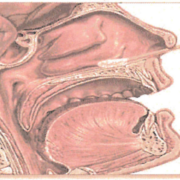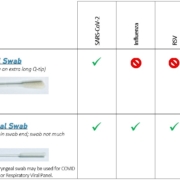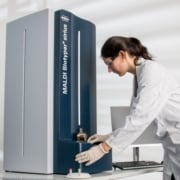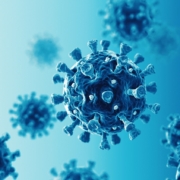Catheter Tip Culture Collection
Cultures of central venous catheter tips are frequently ordered to help determine the source of bacteremia. Correct collection and submission are essential for accurate results and personnel safety.
The intracutaneous segment and distal tip of long catheters should be submitted, but in practice the catheter tip is usually received and should be accepted. The catheter tip must be in a sterile container and must not remain at room temperature for more than 4 hours.
Catheter tips should be requested only if there are signs of infections, i.e. inflammation at the site of insertions, fever, signs of sepsis, or documented bacteremia in which source is not apparent. The routine culture of catheter tips without signs and symptoms is discouraged.
COLLECTION OF CATHETER TIP BY NURSE OR PHYSICIAN
- Thoroughly cleanse skin around the insertion site with 70% alcohol. Allow to dry.
- Using sterile forceps, carefully withdraw the catheter keep externalized portion directed upward and away from the skin surface.
- Holding the distal end of the catheter over a sterile container, cut the tip with sterile scissors, dropping the last 2-3 inches into the sterile container. Avoid contact with the outside of the container. Avoid drying of the specimen.
- Inspect the catheter exit site and note if any purulence can be expelled.
- If pus can be expelled from the catheter exit site, swab drainage with a culturette swab and send to the laboratory requesting a routine wound culture. Label the source as: Drainage from (location of) IV exit site, (e.g. drainage from Right IJ exit site).
- Send the catheter segment(s) to the laboratory requesting a routine culture. Label the source as: Location/type of IV catheter, (e.g. Right IJ swan).
- Send the accompanying blood cultures to confirm bacteremia.
SPECIMEN STORAGE
Store in refrigerator (must not remain at room temperature for more than 4 hours). Must arrive within 24 hours.
REJECTION CRITERIA
- Do not send Foley catheter tips.
- Do not send catheter tips in saline or transport media.
- Do not send the whole catheter line.
- Catheter received in a nonsterile container.
- Unlabeled specimen (always have Patient’s name, date of birth, and source)
References:
Linares J, Sitges-Serra, Grarav J, Percex JL, Martin R: Pathogenesis of catheter sepsis: a prospective study with quantitative and semi-quantitative cultures of catheter hub and segments. J Clin Microbiology 1985;21:357-360
Maki, D.G., Wise CE, Safarin H.W. : A semiquantitative culture method for identifying intravenous catheter-related infections. New Engl J Med 1977;296:1305-1309.
3/5/2020 NICL Laboratories, Ltd All Rights Reserved




 NICL Laboratories
NICL Laboratories 






